Updated on April 9th, 2023
Many recipes flourish at the addition of milk, which is why it’s one of the most heavily used ingredients in cooking. And evaporated milk stands out as one of the creamiest types. The milk‘s flavor and texture lift the presence and taste of tons of dishes. And it’s such a versatile ingredient that’s also easy to find in stores and grocery shops around.
Still, some factors may cause you to work without it in your cooking or baking. And when such happens, having substitutes like the ones mentioned here around can be of great help. But before we check out why you should consider these options, let’s talk a bit about evaporated milk.
Evaporated Milk Nutrition Facts
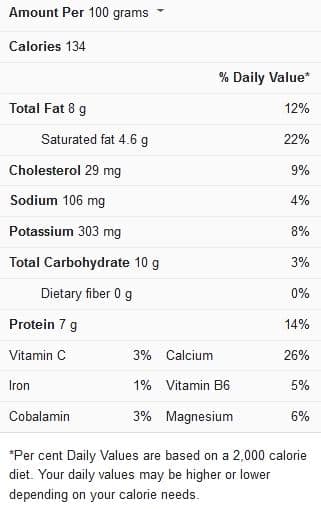
What Makes Evaporated Milk So Good?
Evaporated milk, in the simplest terms, is highly concentrated milk. It means that regular milk is taken and processed so that the primary elements in it are more pronounced. Evaporated milk is derived from regular cow’s milk which comprises up to 60% water. And this milk is heated till the water content is reduced to the barest minimum, leaving a somewhat caramelized, stronger-flavored result.
The milk is mainly sold in sealed sterilized cans, and because it has less water, it can hold for months or years in storage. This factor allows you to have it around for longer and use it for numerous cooking processes. Evaporated milk is also a prevalent ingredient since it’s produced from the world’s most commonly found types of milk. This advantage makes it a regular item in every kitchen and pantry that thrives on milk-based dishes.
Using Evaporated Milk in Recipes
Recipes that require evaporated milk are mostly after its thick consistency and robust flavor. And because of its highly concentrated nature, the milk is rich in proteins, with about 17 grams in each cup. And it offers a tremendous amount of creaminess that’s highly appreciated in cereal-based and liquid recipes. Plus, you can use it in raw, semi-cooked, and fully cooked dishes.
Evaporated milk can also be added to vegetable recipes and is a splendid way to impart a rich flavor to baked goods. It’s why lots of desserts have the ingredient as a significant item on the list. It’s also added to beverages for the same reasons and can be used in frozen recipes. It’s why you’ll find it in tons of dishes, including the ones listed below;
- Soups
- Sauces
- Dips
- Smoothies
- Oatmeal
- Pies
- Cakes
- Mac and cheese
- Puddings
- Chilli
- Mousse
- Sautéed chicken breasts
- Roasted salmon
- Jelly desserts
- Mashed potatoes
- Lasagna
- Broiled lamb chops
- Gratin
- Noodle bakes
- Custard crumbles
- Cornbread
- Ice cream
- Waffles
- Meatloaf
- Baked chicken
- Baked fish
- Pancakes
- Carbonara
- Curries
- Crepes
- Bread
- Parfaits
- Stews
- Grilled steak
- Butter chicken
- Creamed rice
- Quiches
- Fondue
- Risotto
- Puffs
- Pizzas
- Tarts and tartlets
- Scones
- Frittatas
- Muffins
- Casseroles
- Baked French toast
- Creamy salads and dressings
- Lattes
- Milkshakes
View this post on Instagram
Evaporated Milk Substitutes
Many reasons may call for the omission of evaporated milk in your recipes. Perhaps you or someone is lactose intolerant, or it’s a case of milk allergy. Or maybe the meal prepared is meant for a vegan low-protein diet. It could also be because you don’t subscribe to its distinct flavor. And in most cases, we love it but never realize we’ve run out of stock.
Whichever the reason, any of these substitutes can replace evaporated milk in your dishes. But note that the properties may differ in various ways, ranging from calorie or protein content to flavor, sweetness, and behavior when cooked.
Regular Milk
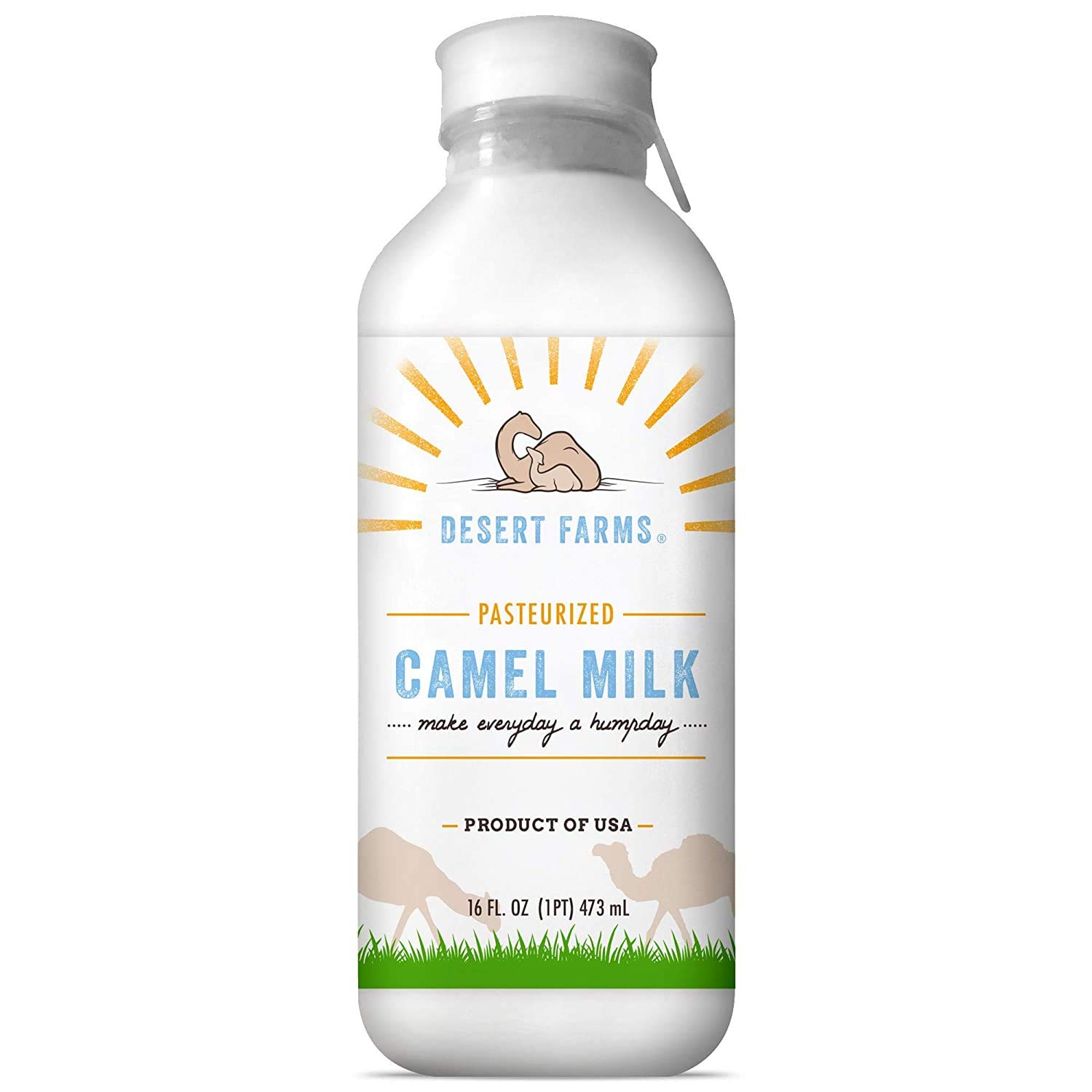
Your first and most straightforward choice for replacing evaporated milk should be, of course, regular cow’s milk. And it’s for various reasons; it’s always available, it’s the base of evaporated milk, and you can easily manipulate it. Plus, regular milk has fewer proteins and carbs than evaporated milk, so it fits recipes requiring such reduction. But you’ll have to adjust it to suit various cooking methods as it has a thinner consistency.
You can thicken regular milk by adding cornstarch or flour if you’re using it for soups and sauces. And if it’s for baking, increase the number of dry ingredients plus sugar, as it’s less sweet. Plus, regular milk also comes in lactose-free varieties, which are great for those who can’t consume dairy sugar.
Oat Milk
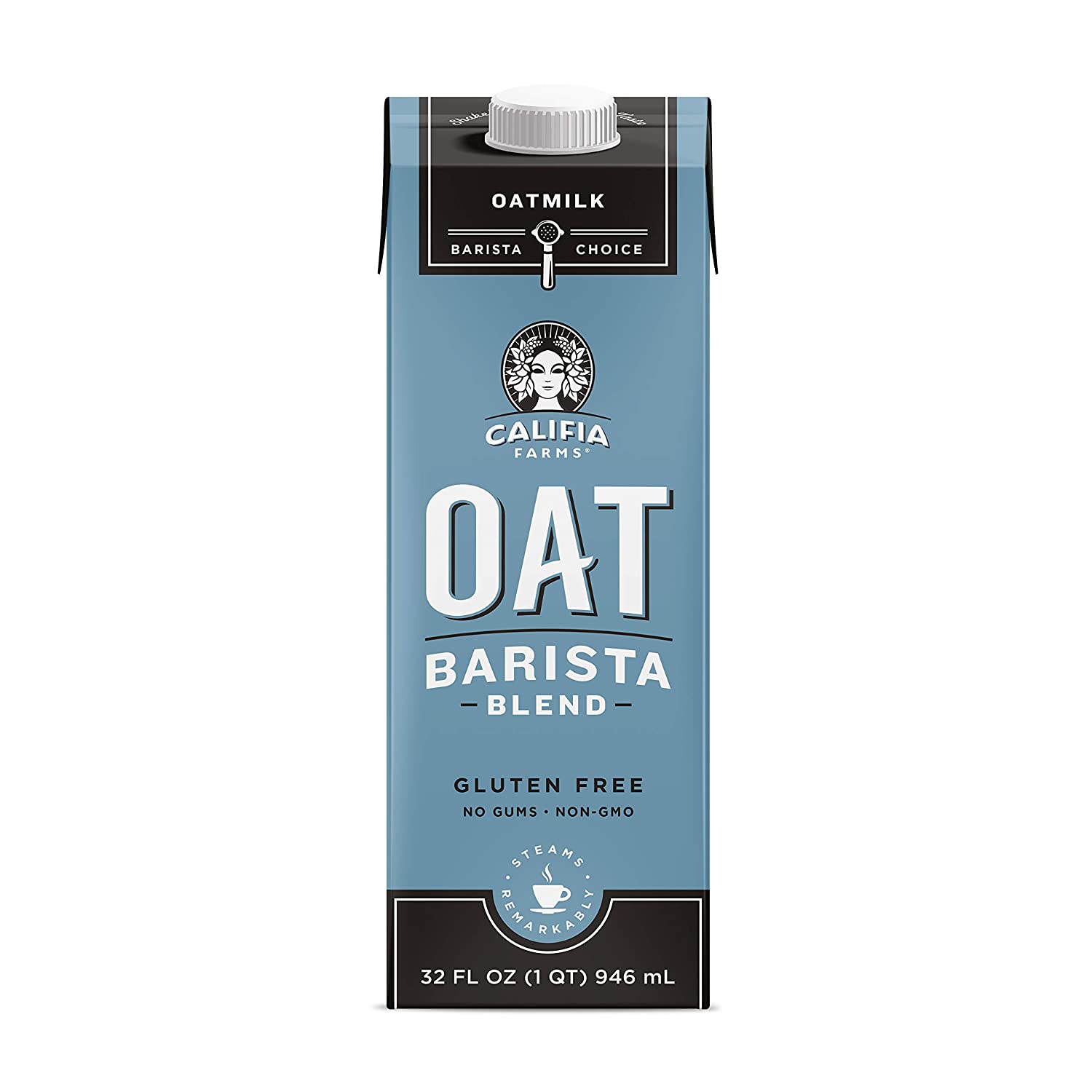
This plant-based milk stands as one of the best non-dairy alternatives to evaporated milk. It’s also perfect for vegan diets and suitable for lactose-intolerant people as well. Plus, it’s rich in fiber, and the store-bought versions often come fortified with calcium, iron, and vitamin D. It also contains lesser calories and fat, making it perfect for those on a weight-loss diet.
But oat milk is thinner than evaporated milk, so you’ll have to heat it till it achieves a close consistency. It’s also less sweet, but you can use it as is or add some sugar to taste. Either way, it’s a welcome addition to most recipes that call for evaporated milk.
Cream
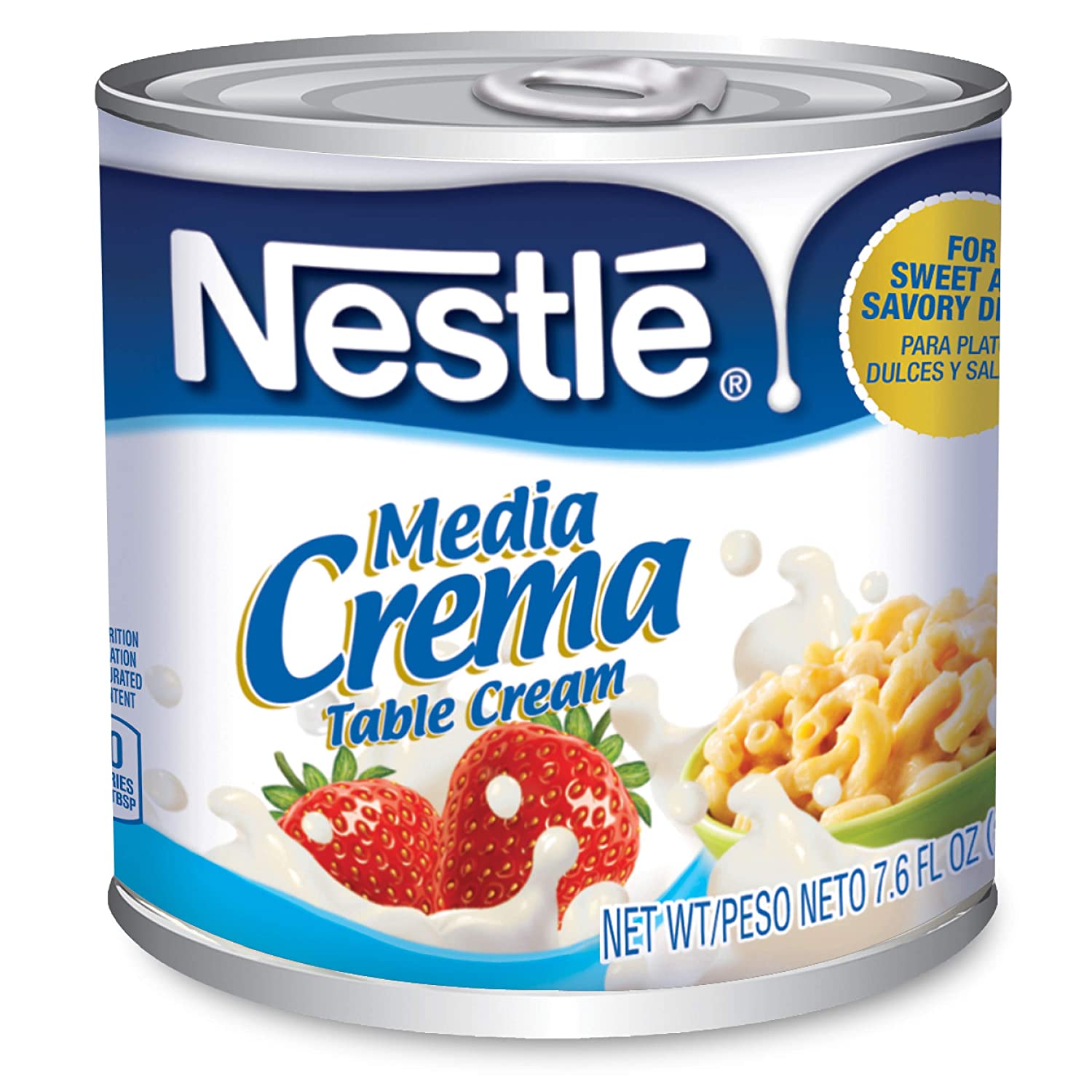
A substitute that meets and surpasses the thickness and richness of evaporated milk is cream. It’s higher in calories and fat and offers a richness that blends well in baked goods, sauces, soups, stews, and casseroles. You can also eat it in breakfast meals, stir it into custards or whip it to make desserts like ice cream. And its similar flavor and consistency mean you can swap it at equal ratios with evaporated milk.
Soy Milk
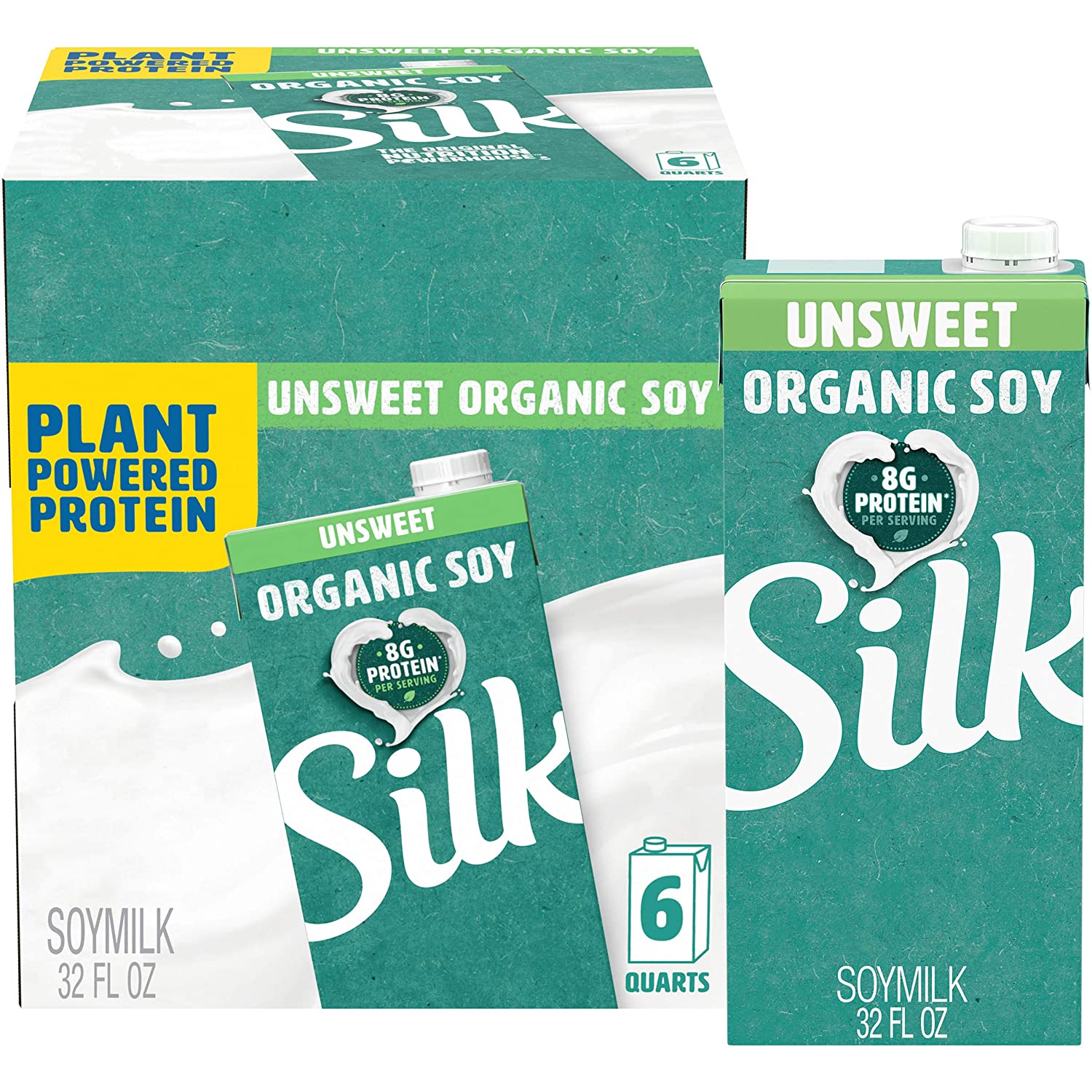
As the name implies, this substitute is derived from soybeans, making it another helpful vegan alternative to evaporated milk. And its calorific count is also lesser, but it has a decent amount of protein. Still, its nutritional value is somewhat closer to regular cow’s milk, making it an ideal replacement in most recipes. And though its taste slightly differs, it still works in desserts and baked goods in place of evaporated milk.
You’ll have to heat it to a similar consistency, though, as it’s thinner than evaporated milk. And because its nutrient value is almost identical to that of cow’s milk, it may not be appropriate for those with a dairy allergy.
Powdered Milk
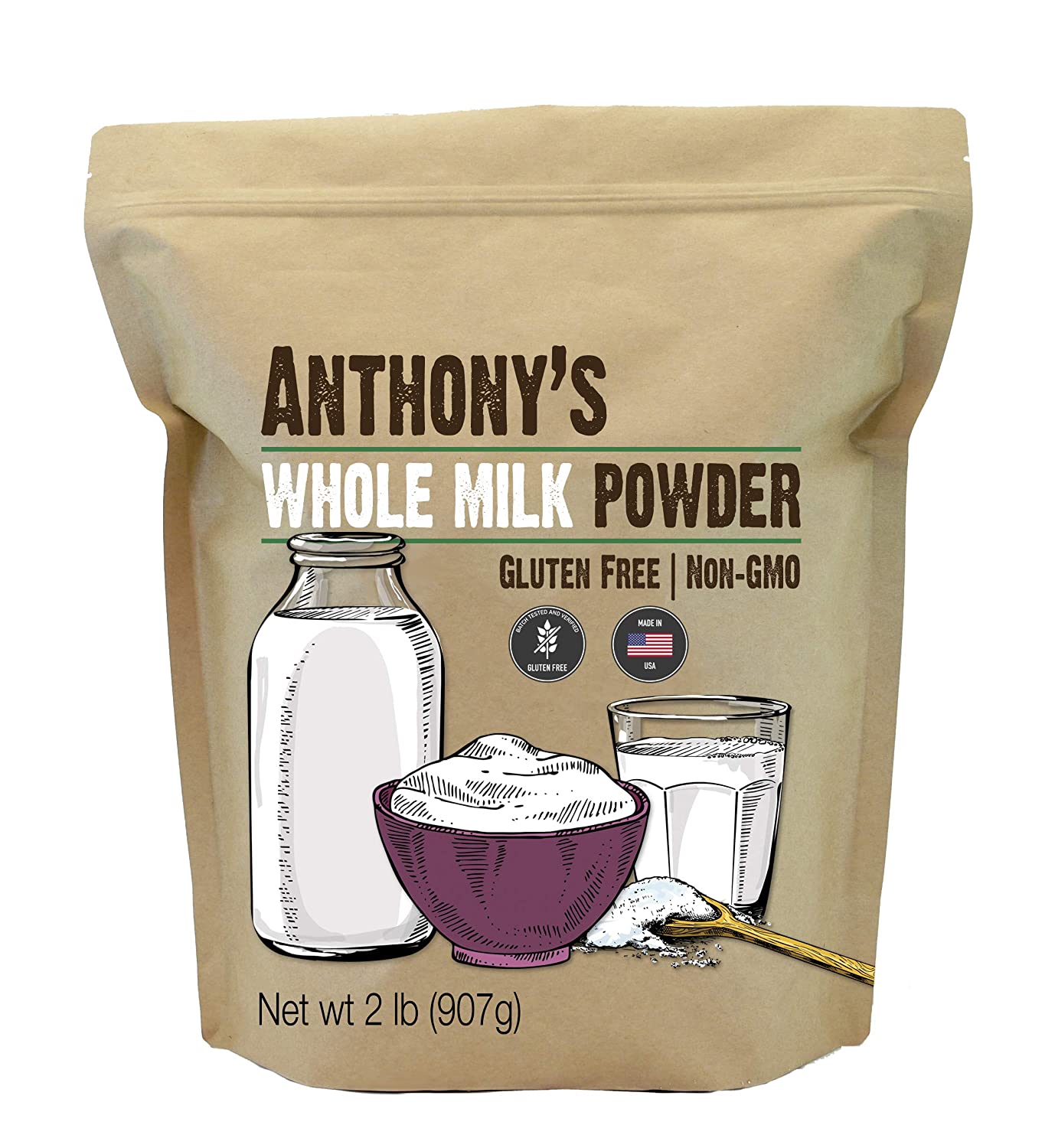
Because powdered milk is dehydrated regular milk, you can also apply it as a substitute in this case. And depending on how much water or powder you use, it can be whisked to reach a similar consistency. Once done, the rehydrated milk can be added as if you’re using regular milk replacement. And since it’s regular milk minus water, it also contains the same nutrients and works in similar recipes.
An ideal way to get powdered milk to behave more like its evaporated counterpart is to use less water when dissolving. And if you use more water, add more powder to it, so the thickness increases. It can also be added as is without dissolving the dry ingredients for baking cookies and pancakes.
Frequently Asked Questions (FAQs)
Can you make your own evaporated milk?
Yes, you can. Add 2¼ cups of regular milk into a saucepan and set it on the stove at medium heat. Then, let it boil until the quantity drops to one cup. This handy DIY substitute will work well in place of store-bought evaporated milk.
Can I substitute sour cream for evaporated milk?
In baking, yes. You’ll get a similar creaminess and richness as expected from evaporated milk and even substitute it at equal ratios. But you’ll also need to adjust the amount of the other ingredients, like butter or shortening.
Can you use almond milk in place of evaporated milk?
Yes, you can. It’s plant-based milk derived from almonds and contains fewer calories and protein than evaporated milk. It’s also rich in vitamin D and E and calcium, though the latter is more in evaporated milk. But almond milk is best for sweet dishes like desserts and cakes and should be avoided if you have a nut allergy.
Conclusion
Taking evaporated milk off the list doesn’t have to lead to a brain-racking scenario. In times when you can use it, any other dairy and non-dairy milk substitutes will do. The alternatives mentioned here are some of the best you should consider. And they’ll work well in lots of recipes, so you won’t have to miss the absence of evaporated milk.
